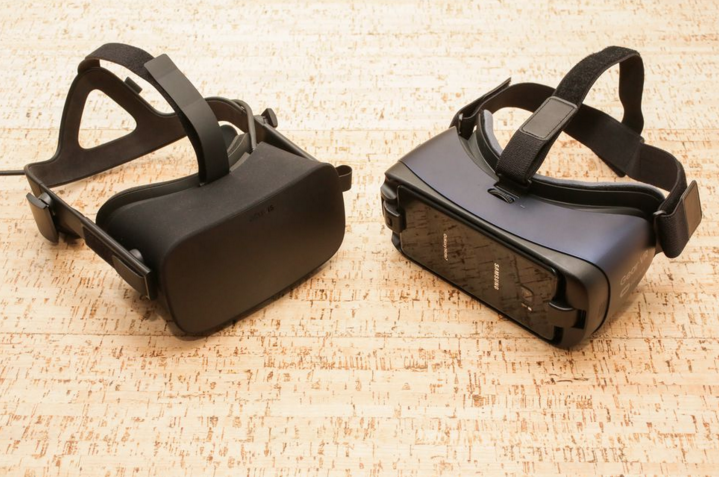This story is part of CNET's "Tech Enabled" series about the role technology plays in helping the disability community.
Virtual reality and augmented reality are often associated with gaming. For many people, the allure has to do with the ability to visit an alien world or an exotic location -- to go someplace or do something they couldn't do otherwise. Bridging worlds seems to be a sweet spot for these technologies.
But VR and AR don't necessarily have to take users to far-off or fictional places. They also can better connect people with vision issues to the everyday world. Most take for granted the ability to sit at a computer at work and read the text on the screen, or freely and confidently walk around their home or office. These technologies aim to help people reclaim some of the vision they may have lost and to make it easier to function in the world.
The World Health Organization estimates that 246 million people have low vision, which includes blurry vision, tunnel vision or blind spots that can't be corrected. The WHO also estimates that 90 percent of those who have vision problems, not just low vision, tend to have low incomes.
Frank Werblin, professor of neuroscience at the University of California, Berkeley, is working to bring a lower-cost vision aid to the low-vision community. About a year and a half ago, he realized he could do this by piggybacking on virtual-reality technology.

IrisVision is an app that uses a Samsung Gear VR headset. It's responsive to the wearer's head movements and will magnify whatever they're directly looking at, while still providing a wide field of view. It's meant to help users better see the world, even read on a computer.
